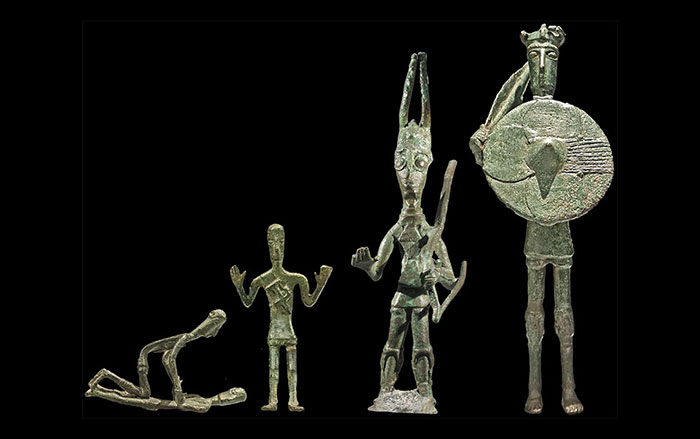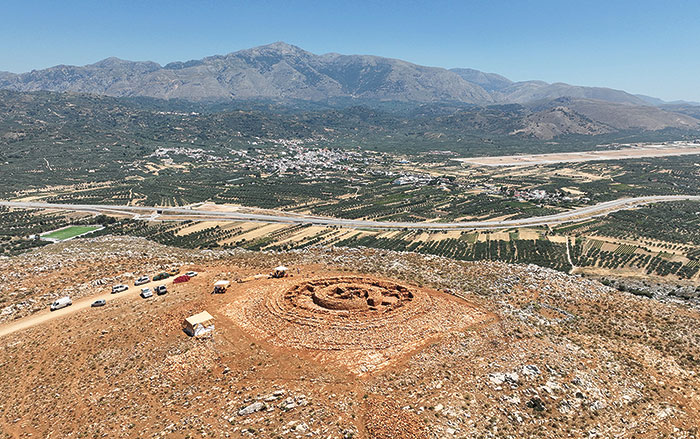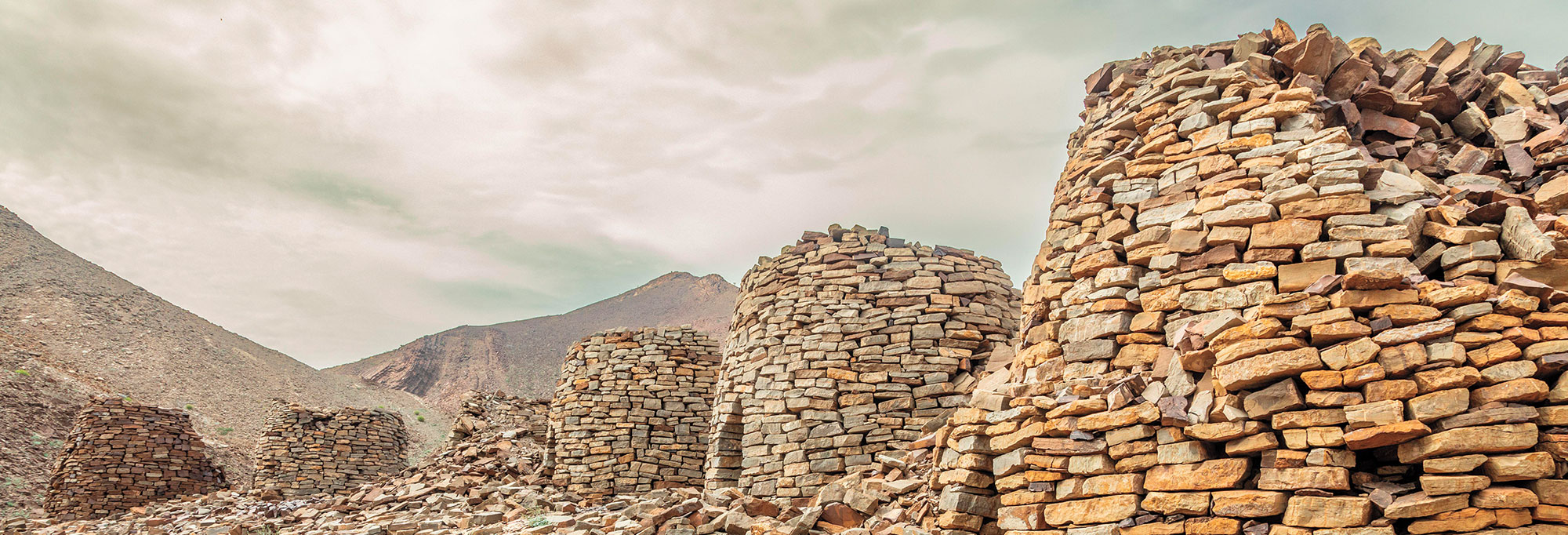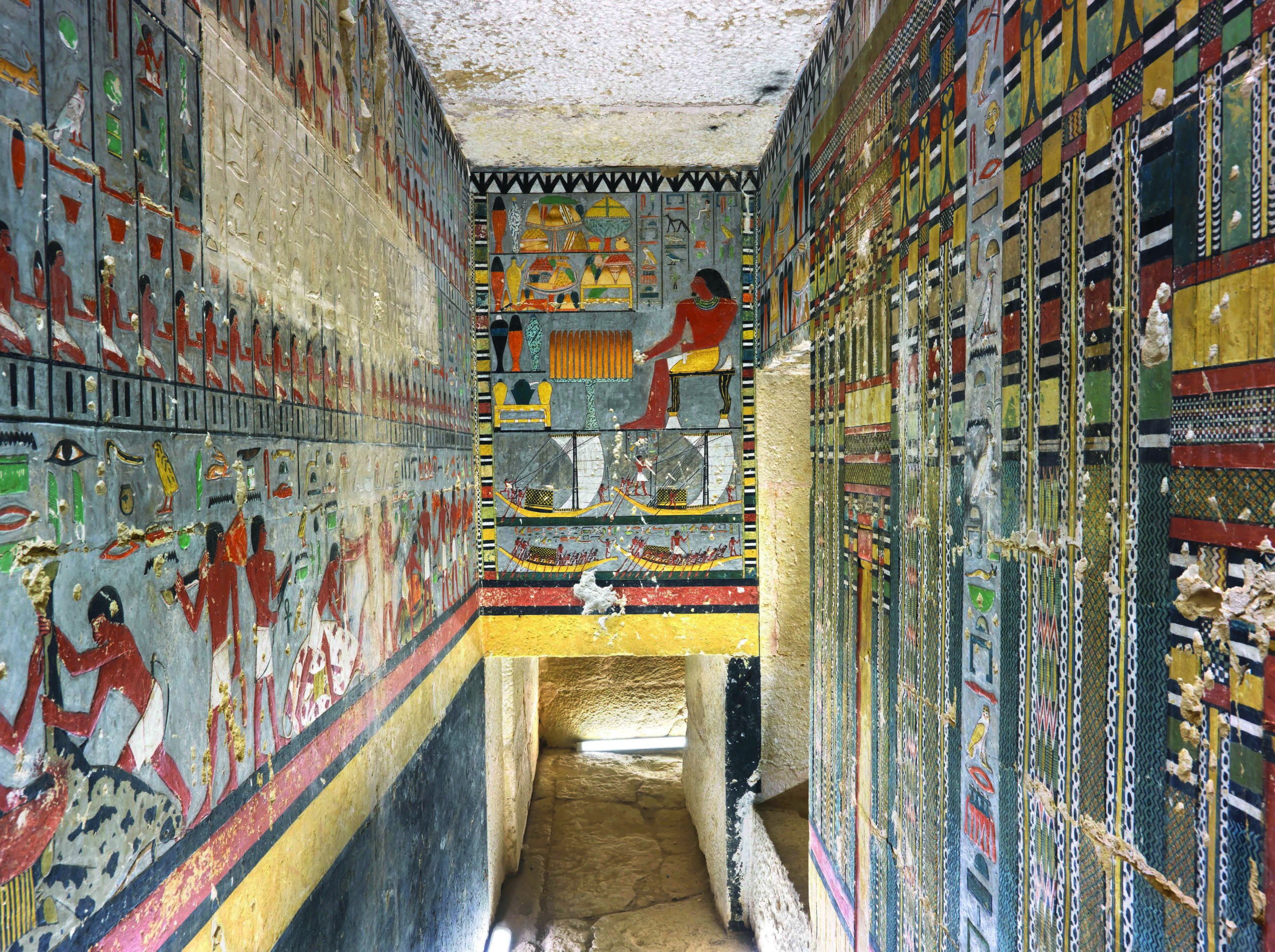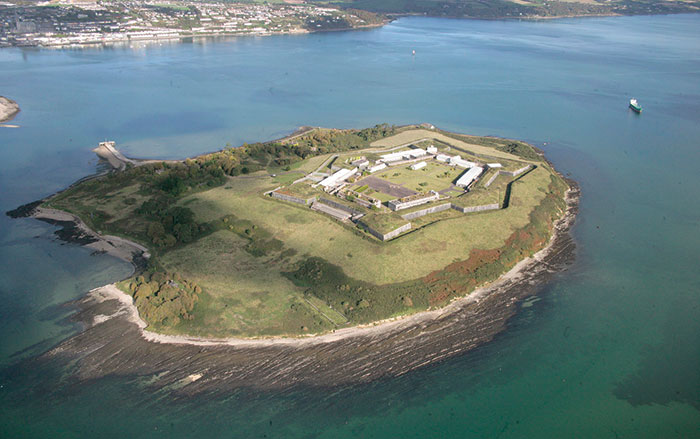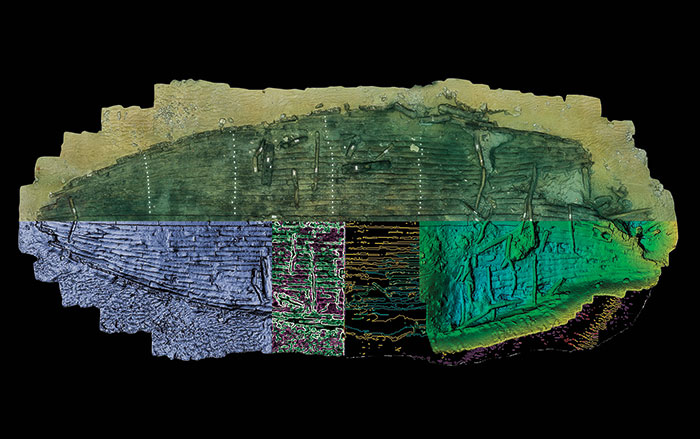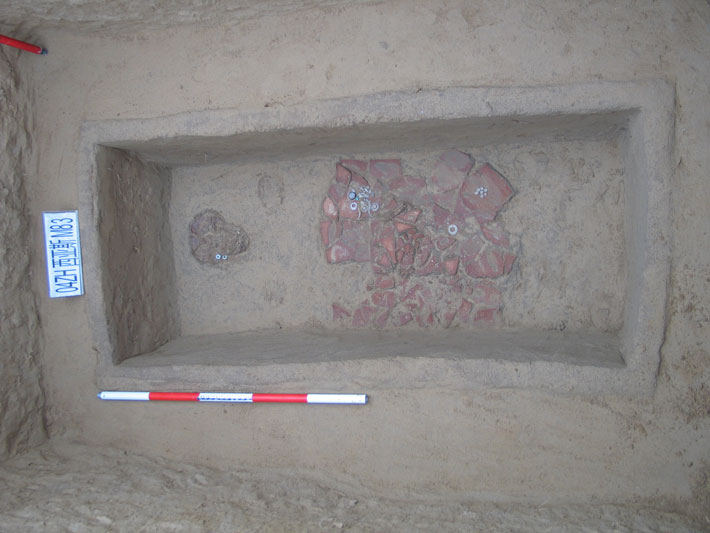
DUNEDIN, NEW ZEALAND—According to an Otago Daily Times report, an analysis of isotopes in teeth suggests that boys and girls living in China’s Central Plains during the Eastern Zhou Dynasty some 2,500 years ago were fed different foods. In analyzing remains from burials at the sites of Xiyasi and Changxinyuan, bioarchaeologist Melanie Miller and her colleagues found that children were breastfed until they were between the ages of two-and-a-half and four years old, when they were weaned onto foods made from wheat and soybeans. The girls, however, were weaned slightly earlier than the males, Miller said. Females continued to eat more wheat and soy as they grew up, while males ate more millet, she added. Miller and her team think these dietary differences could reflect the social inequality that emerged in China's Bronze Age. Read the original scholarly article about this research in the American Journal of Physical Anthropology. To read about hominin teeth that belonged to individuals living at least 80,000 years ago in southern China, go to "An Opportunity for Early Humans in China."


